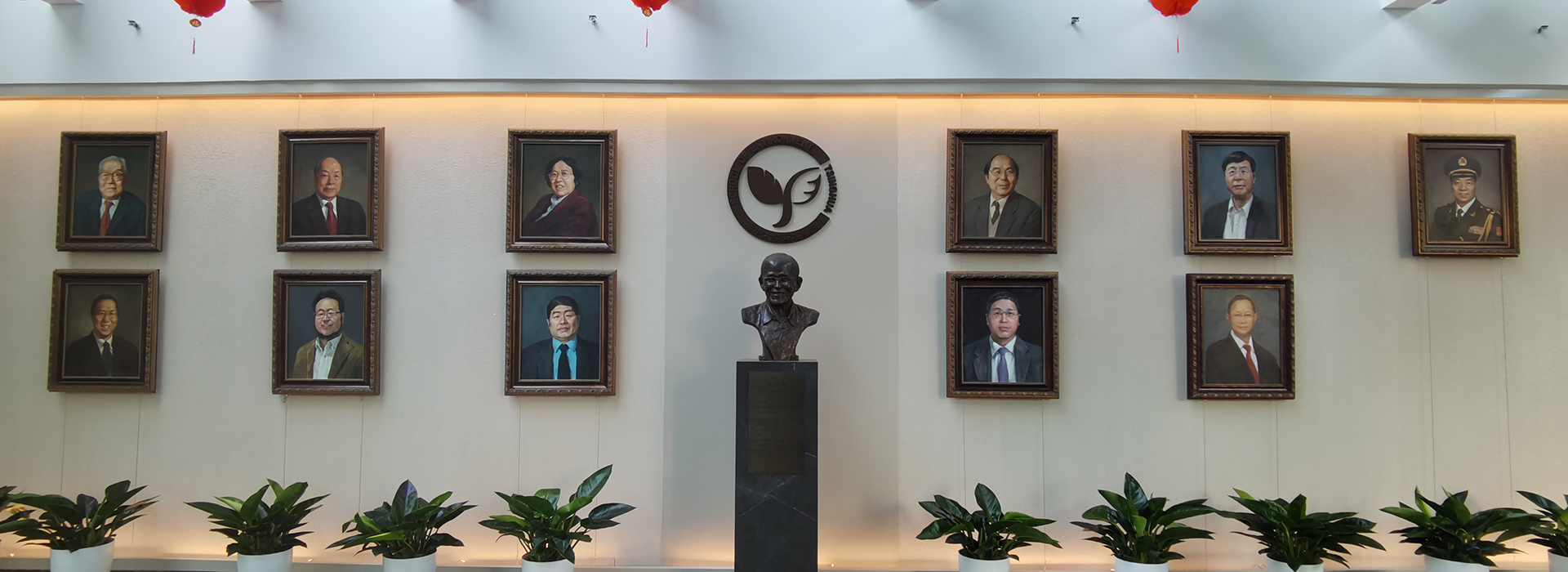Xu Y, Peng JF, et al. 2019. Spatial distribution of flow currents and habitats in artificial buffer zones for ecosystem-based coastal engineering. Global Ecology and Conservation. (Accepted)
Xu Y, Peng JF, Qu JH, et al. 2019. Assessing food web health with network topology and stability analysis in aquatic ecosystem. Ecological Indicators. (Accepted)
Wang YJ, Peng JF, et al. 2019. Isotopic and chemical evidence for nitrate sources and transformation processes in a plateau lake basin in Southwest China. Science of the Total Environment. (Accepted)
Yu HW, Qi WX, Liu CH, Yang L, Wang LG, Lv T, Peng JF. Different Stages of Aquatic Vegetation Succession Driven by Environmental Disturbance in the Last 38 Years. Water, 2019, 11(7), 1412.
Peng JF, Ren ZY, Song YH, et al. Impact of spring flooding on DOM characterization in a small watershed of the Hun River, China. Environmental Earth Sciences, 2015, 73(9):5131-5140.
Peng JF, Song YH , Yuan P, et al. Re-activation and succession of functional microbial communities during long-term storing sludge granulation. Environmental Earth Sciences, 2015, 73(9):5037-5046.
Peng JF, Song YH, Wang YL, et al. Spatial succession and metabolic properties of functional microbial communities in an anaerobic baffled reactor. International Biodeterioration & Biodegradation, 2013, 80:60-65.
Peng JF, Song Y, Yuan P, et al.An novel identification method of the environmental risk sources for surfacewater pollution accidents in chemical industrial parks. Journal of Environmental Sciences, 2013(07):183-191.
Peng JF, Song YH , Liu ZH, et al. Performance of a novel Circular-Flow Corridor wetland toward the treatment of simulated high-strength swine wastewater. Ecological Engineering, 2012, 49:1-9.
Peng JF, Song YH, Yuan P, et al. The remediation of heavy metals contaminated sediment. Journal of Hazardous Materials, 2009, 161(2-3):633-640.
Peng JF, Wang BZ, Song YH, et al. Adsorption and release of phosphorus in the surface sediment of a wastewater stabilization pond. Ecological Engineering, 2007, 31(2):92-97.
Peng JF, Wang BZ, Song YH, et al. Modeling N transformation and removal in a duckweed pond: Model application. Ecological Modelling, 2007, 206(3-4):294-300.
Peng JF, Wang BZ, Song YH , et al. Modeling N transformation and removal in a duckweed pond: Model development and calibration. Ecological Modelling, 2007, 206(1-2):147-152.





